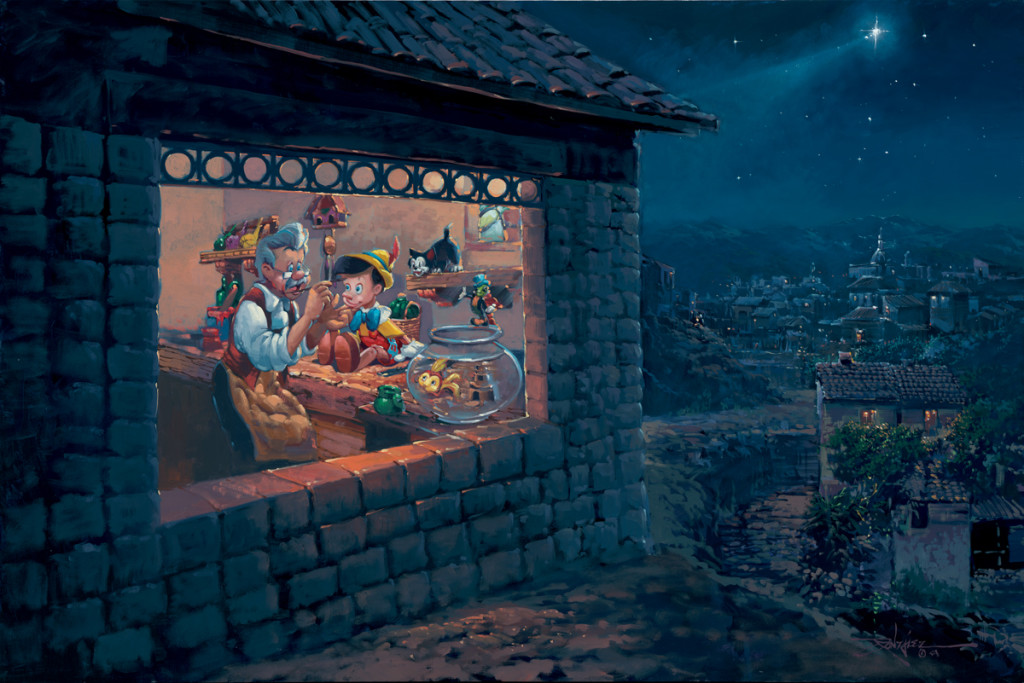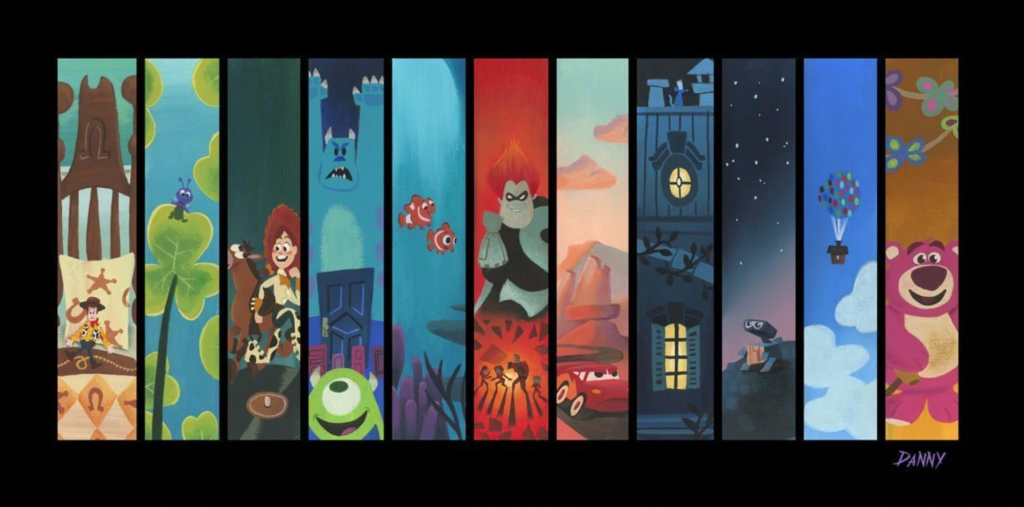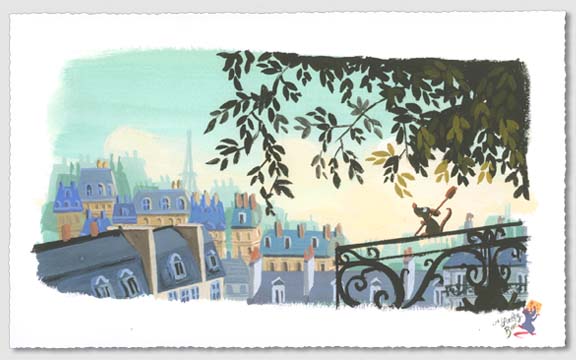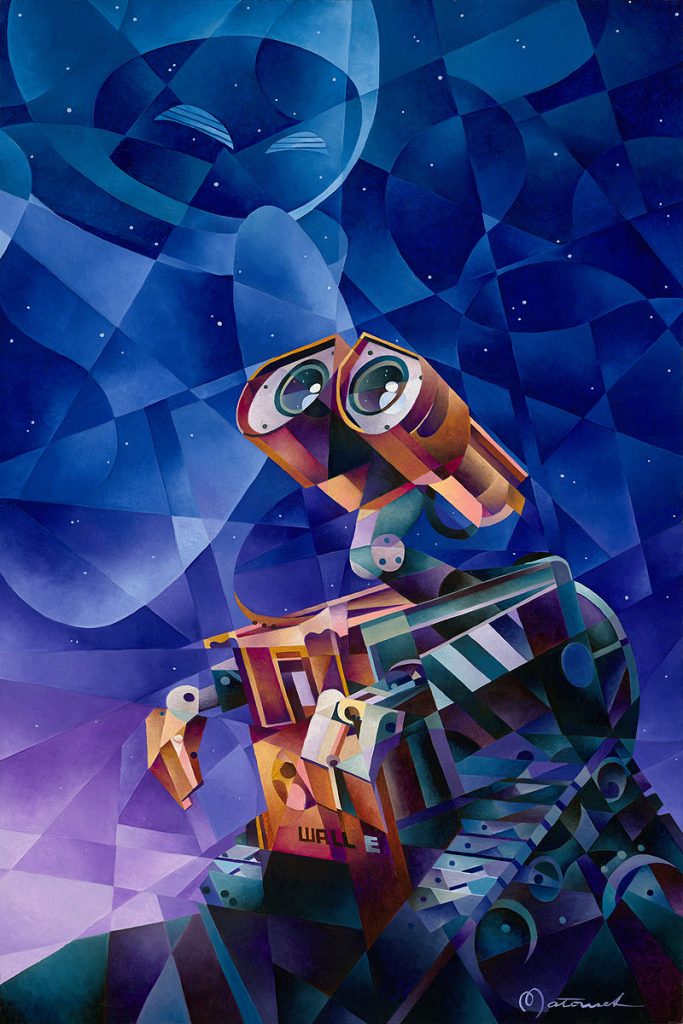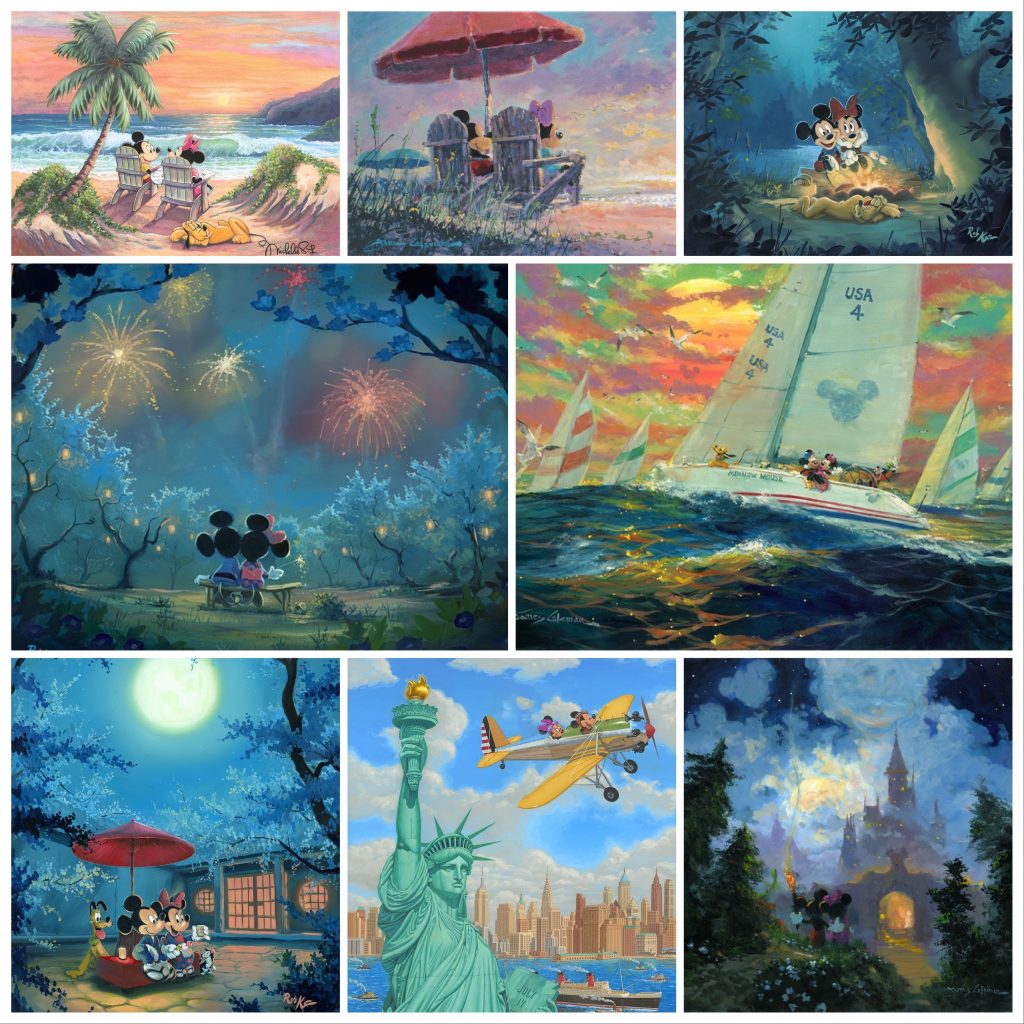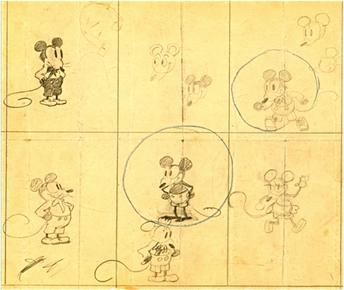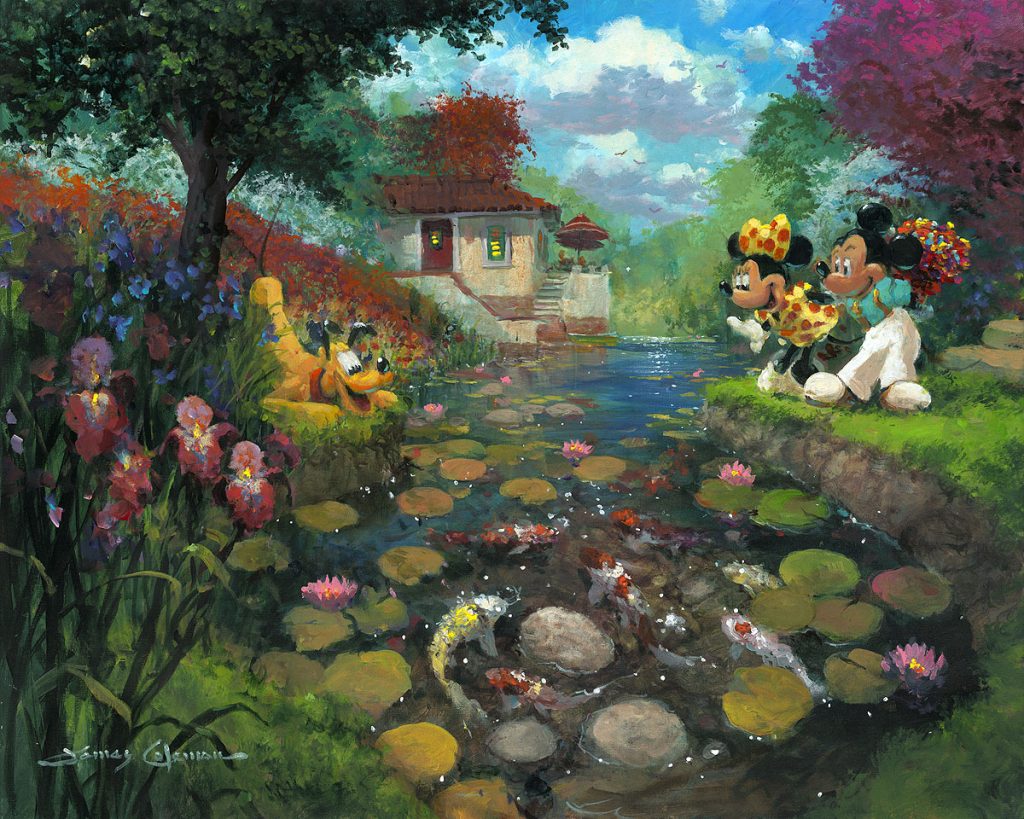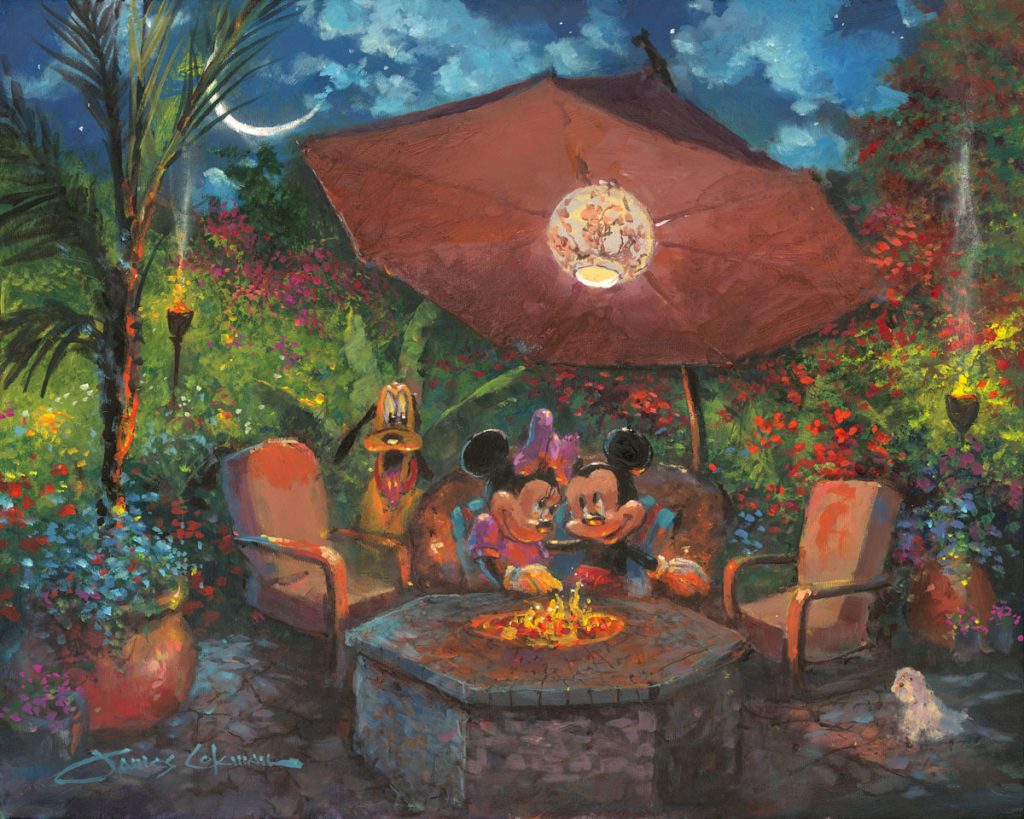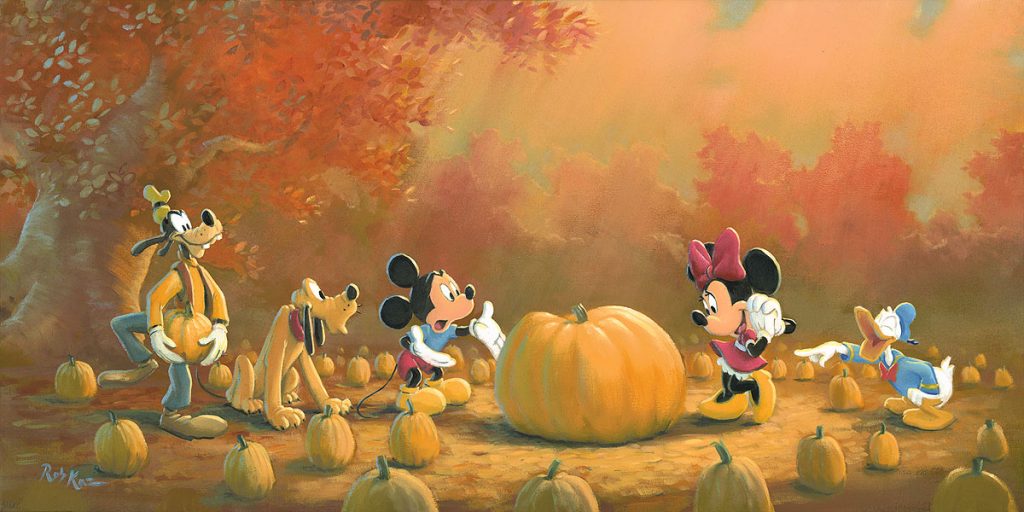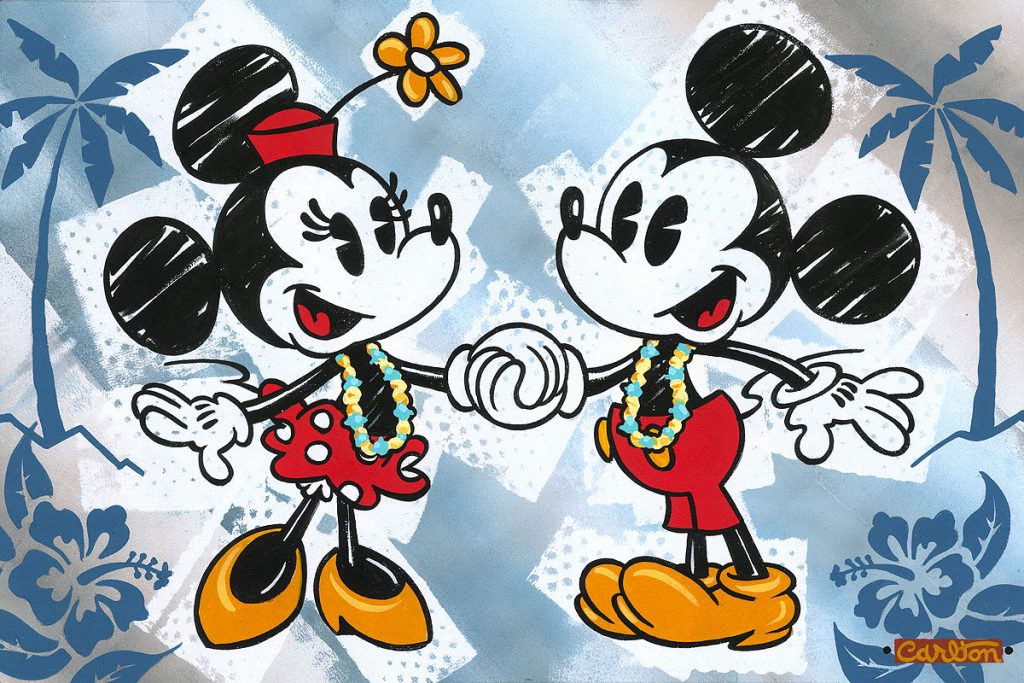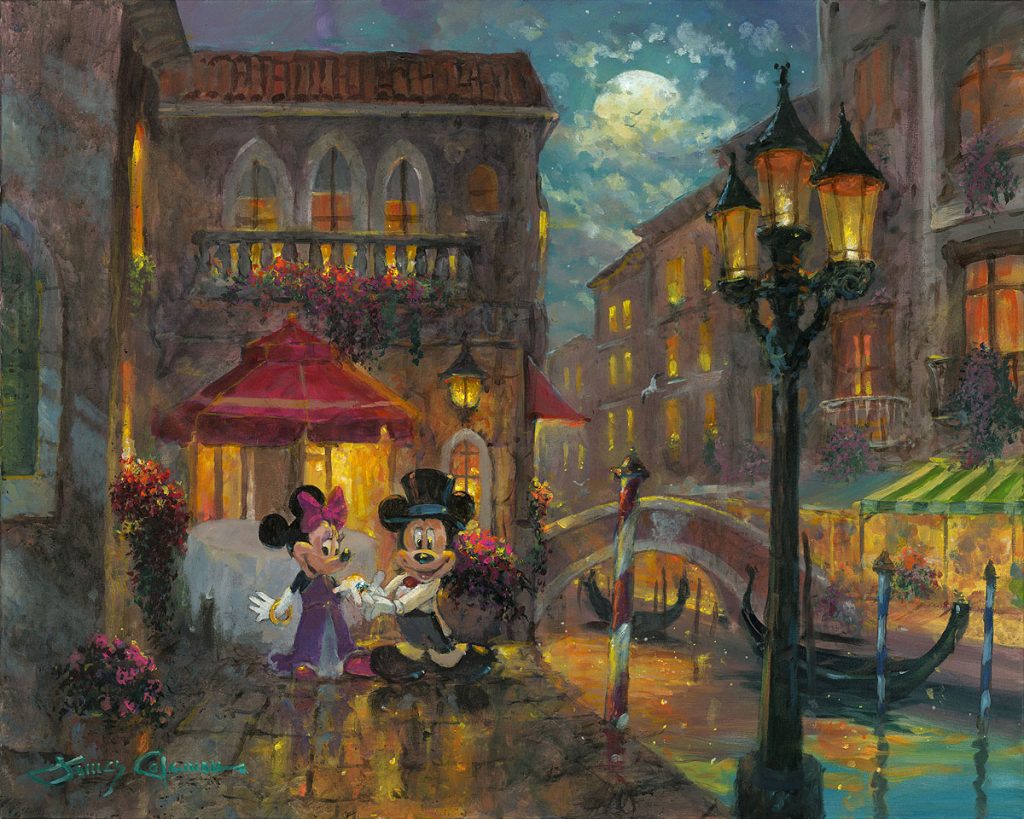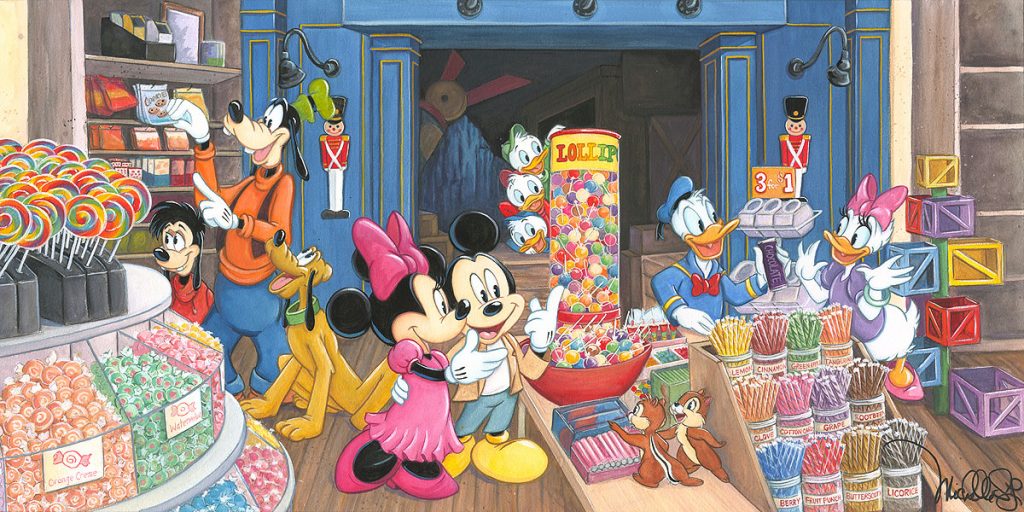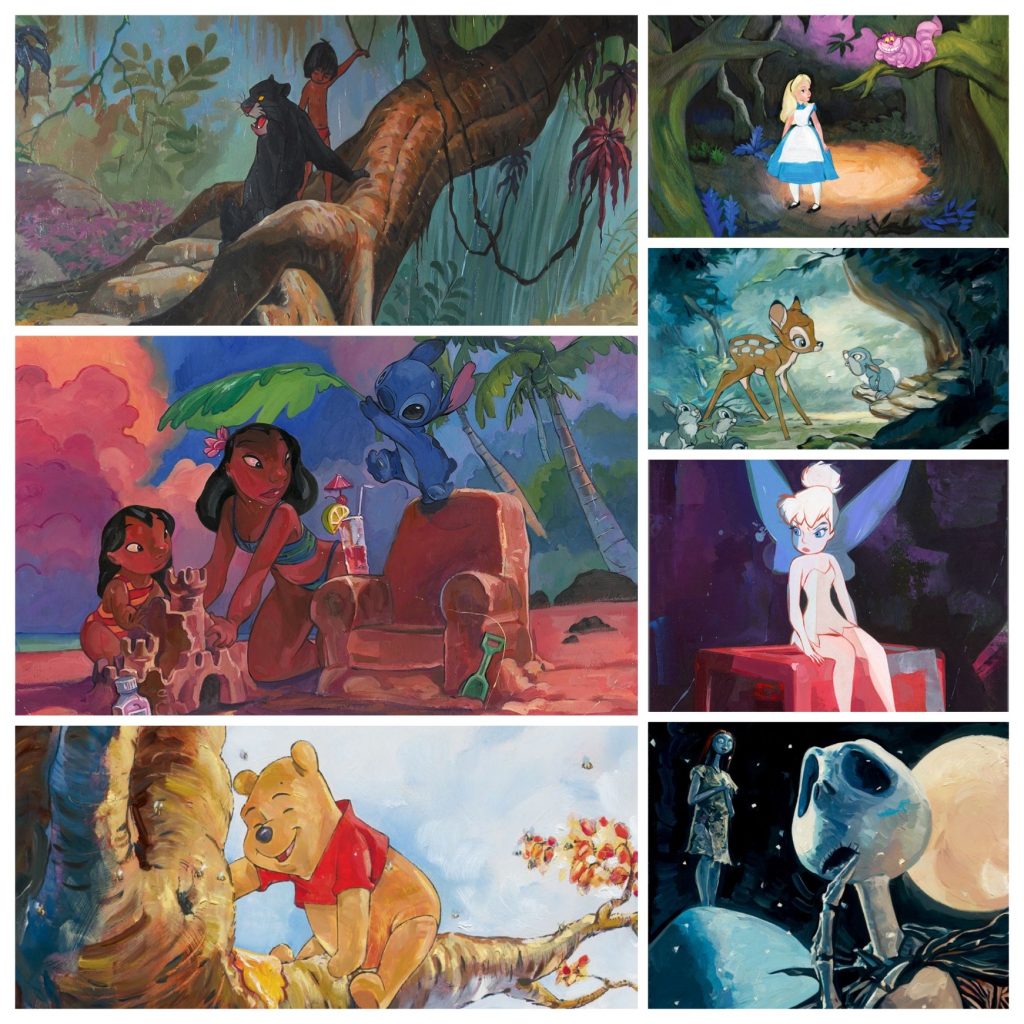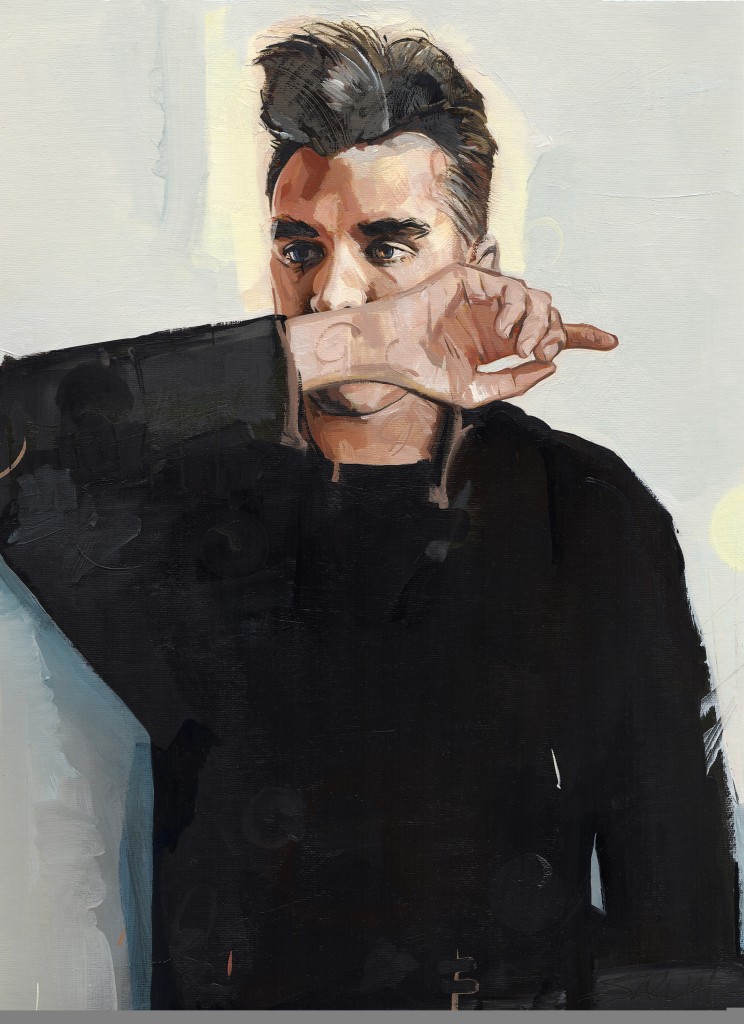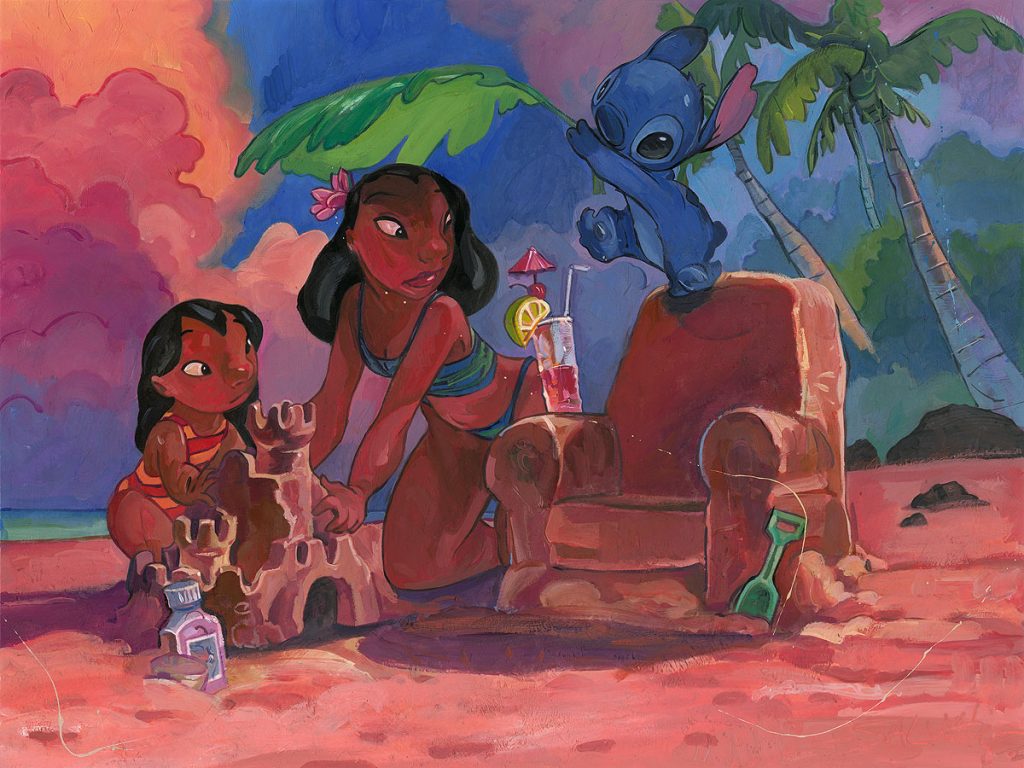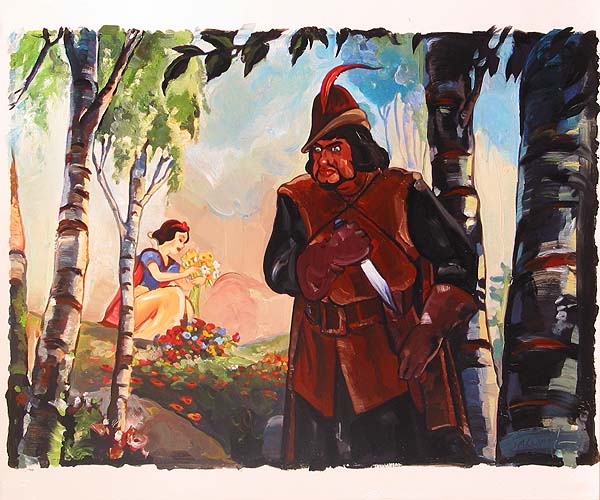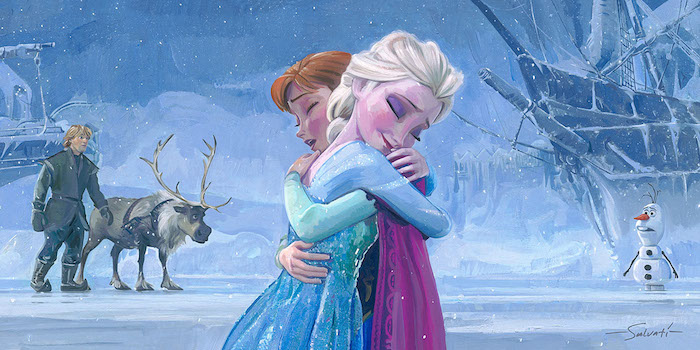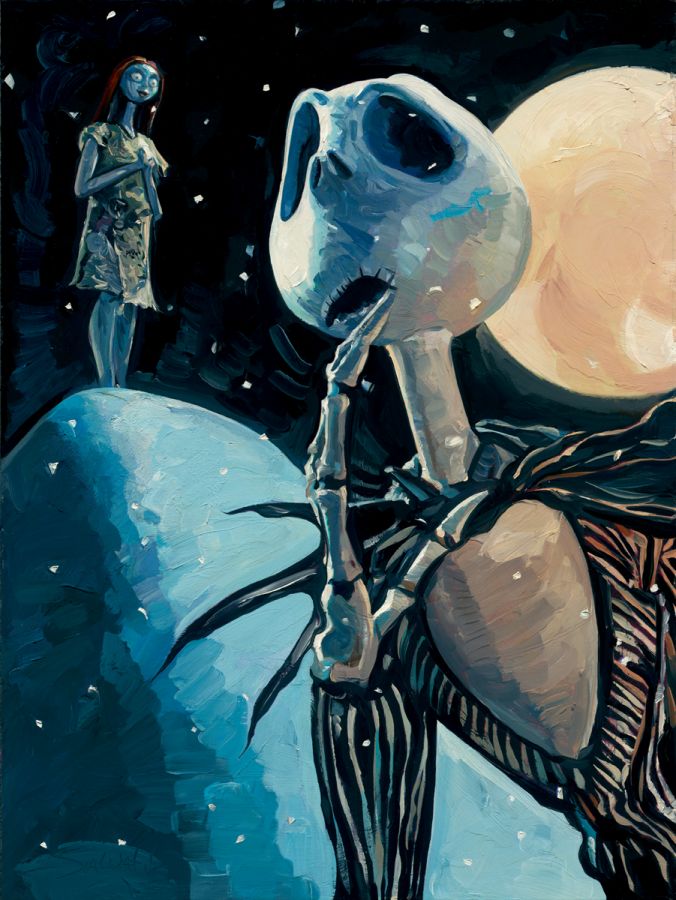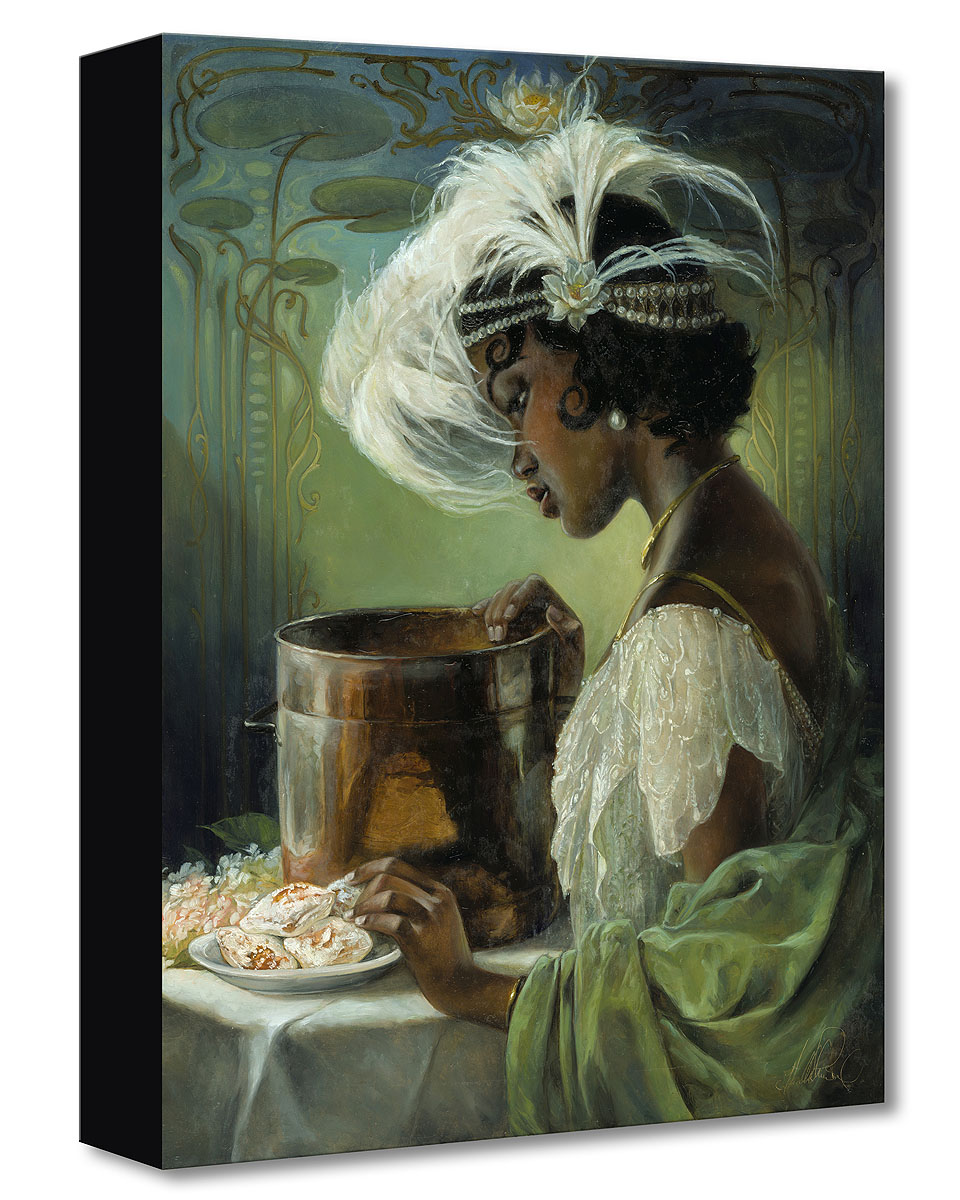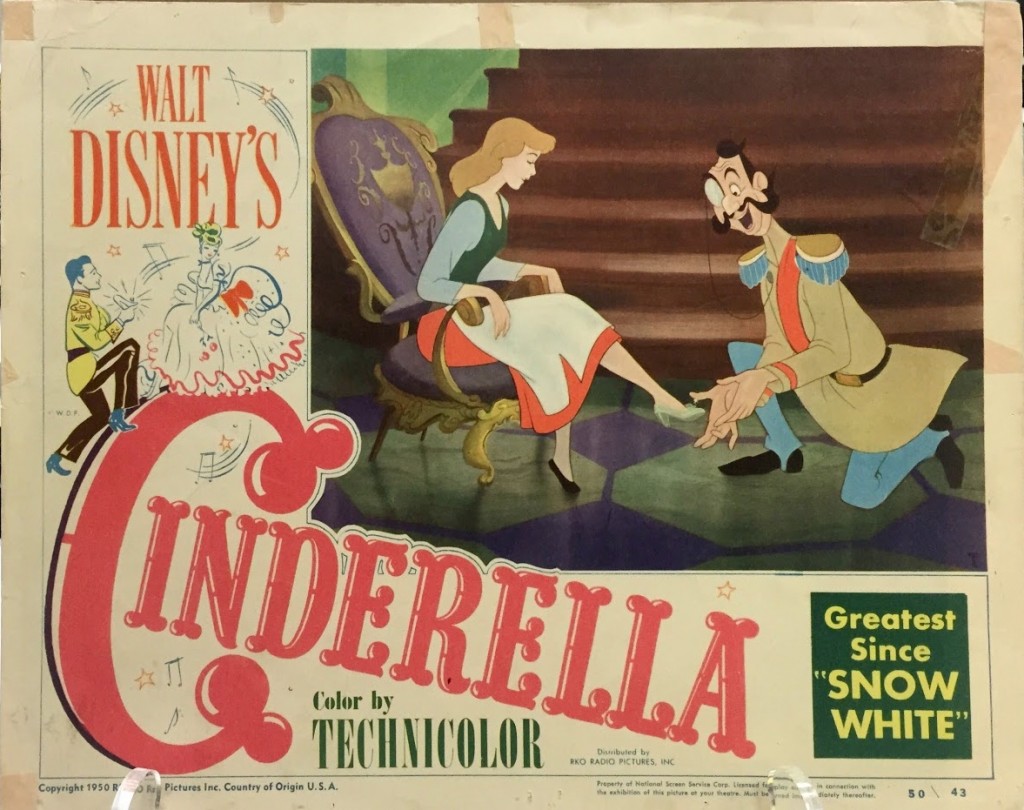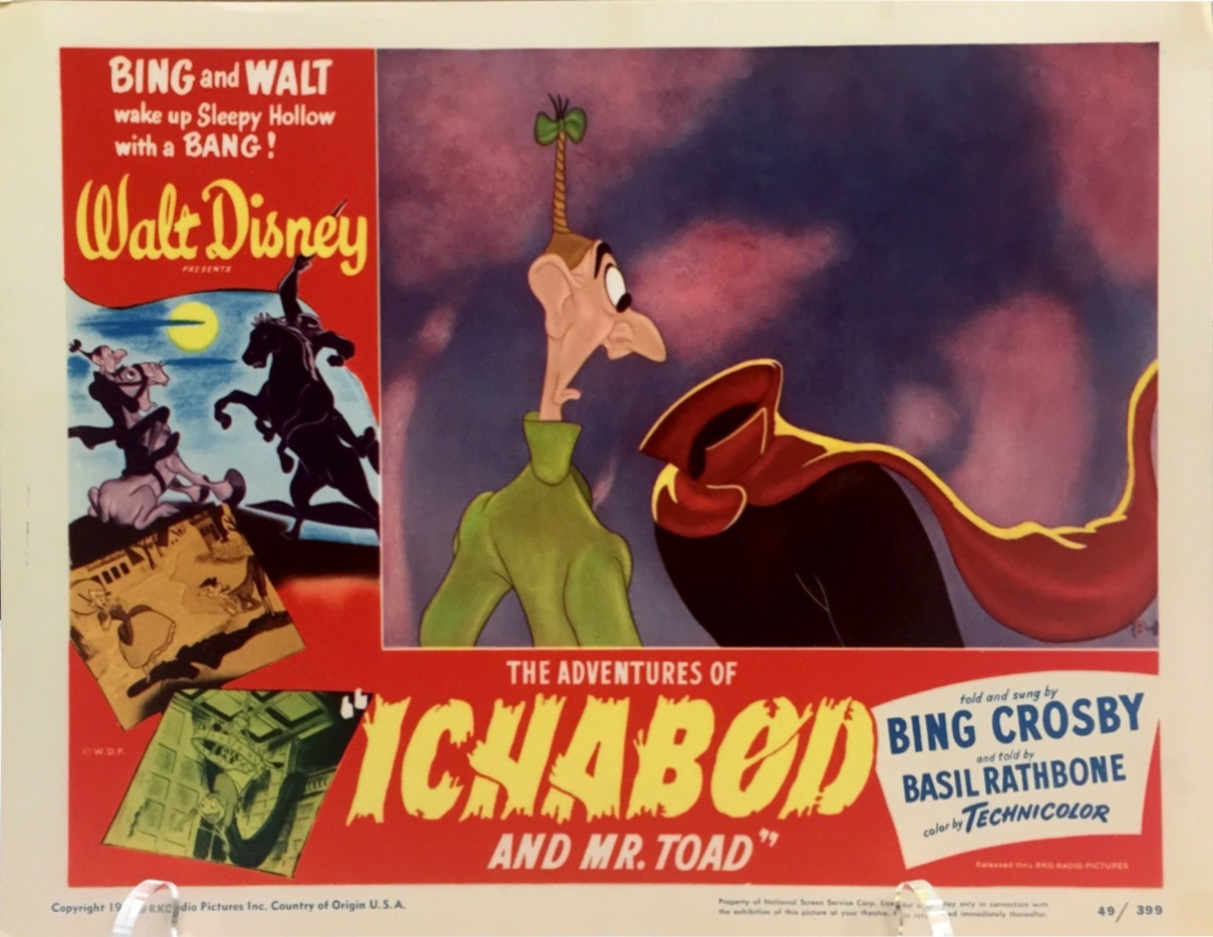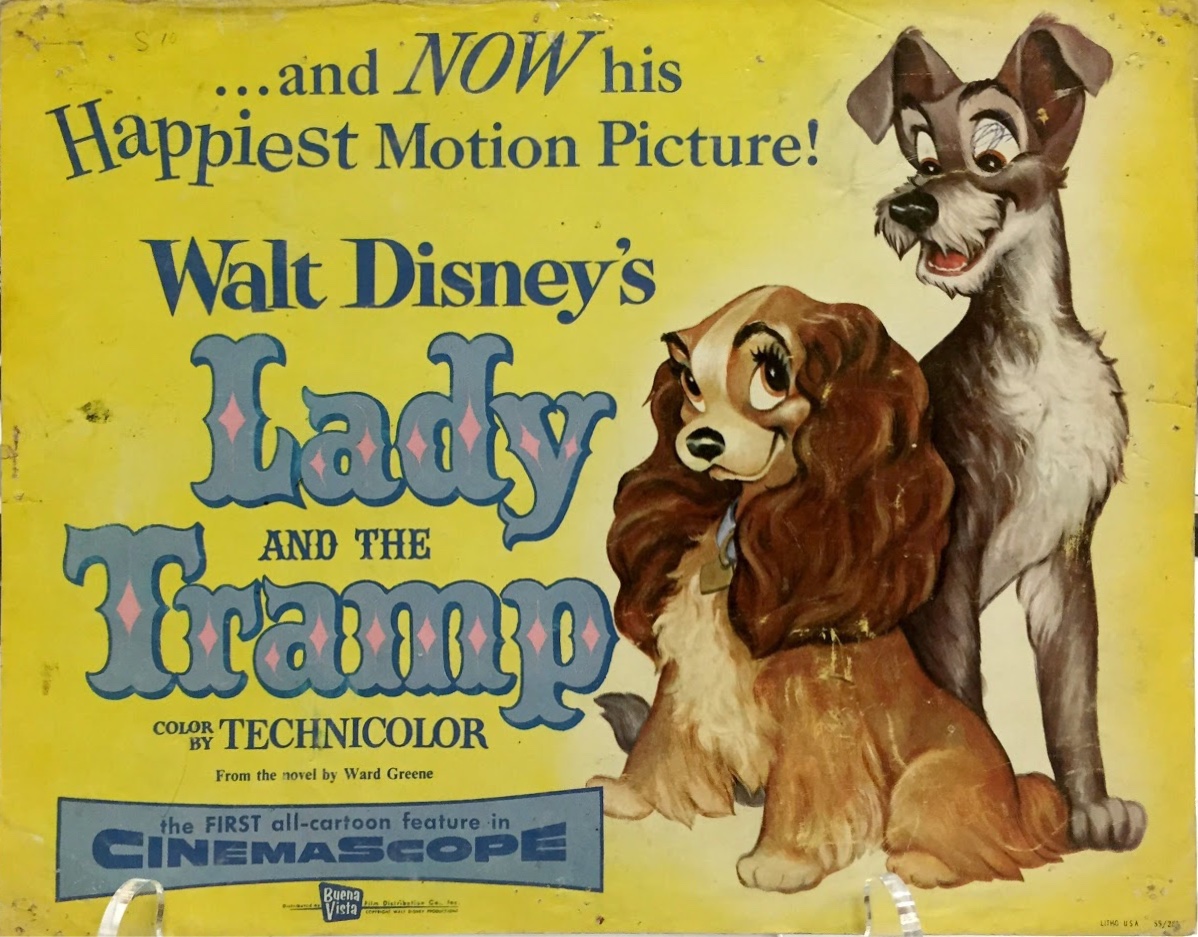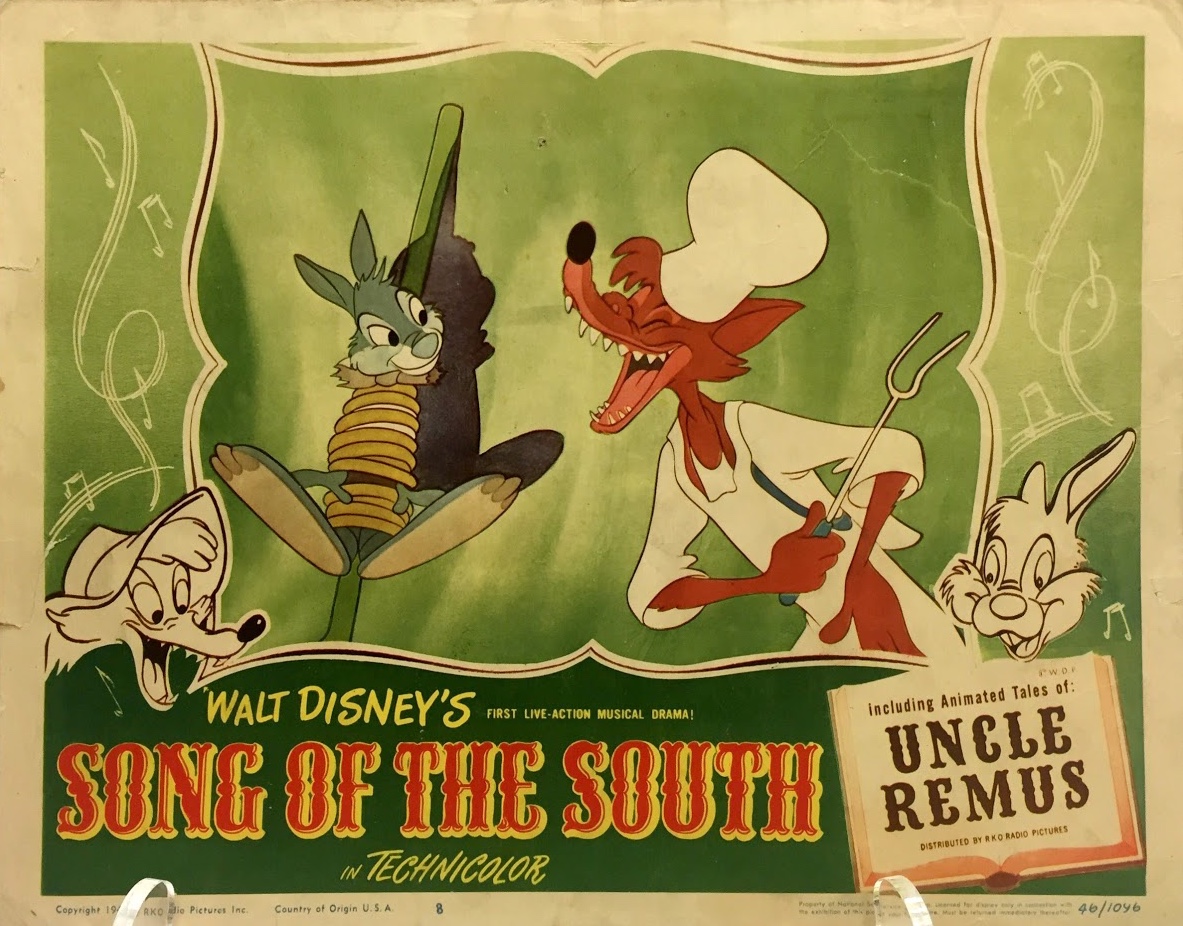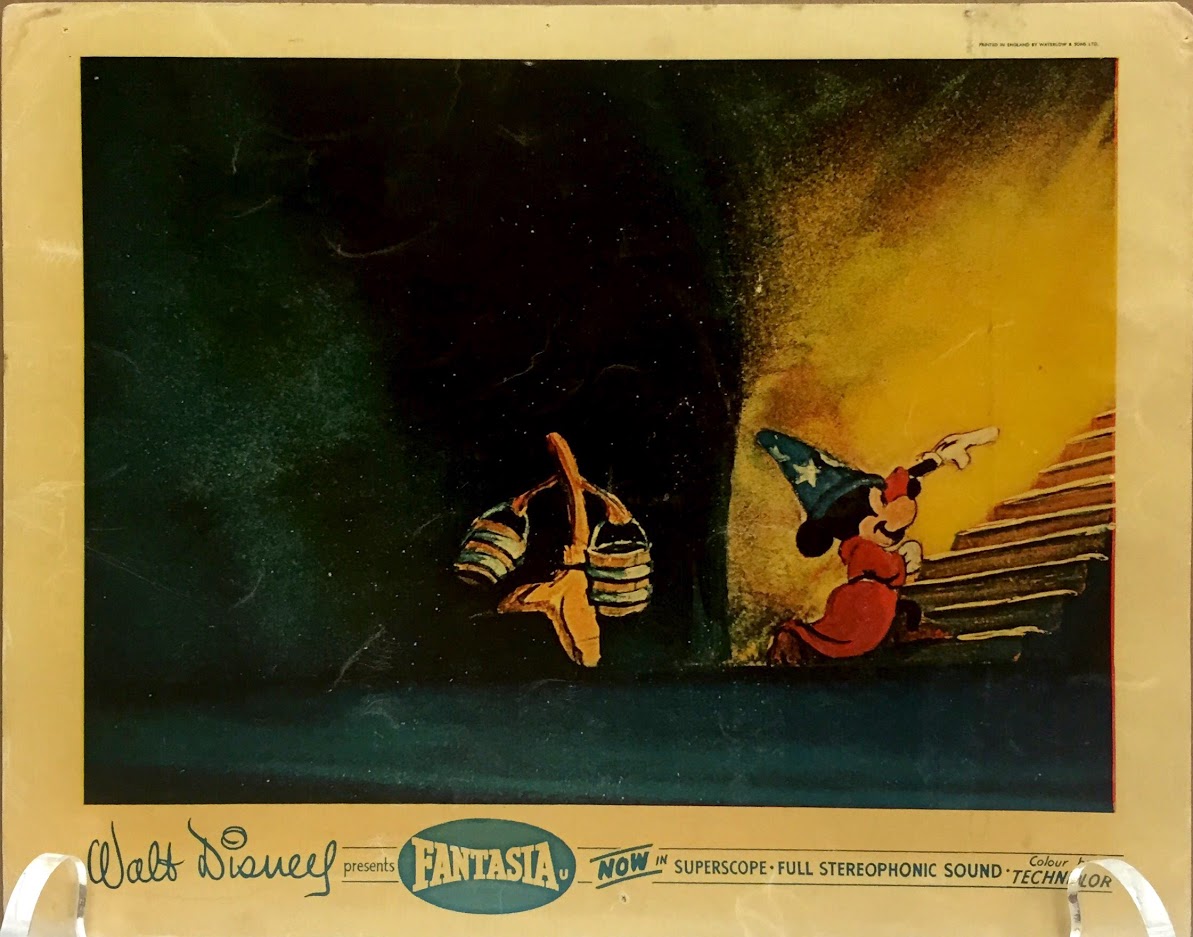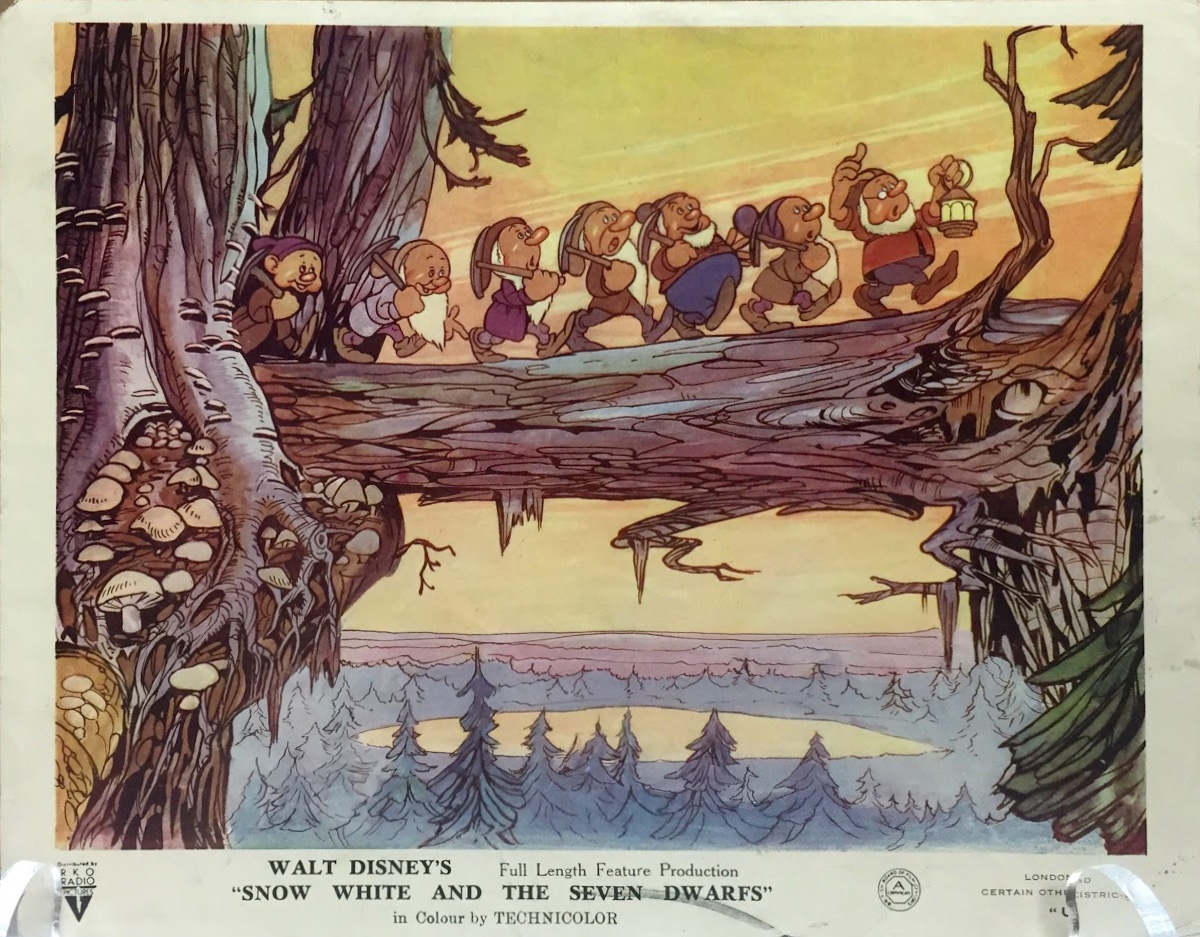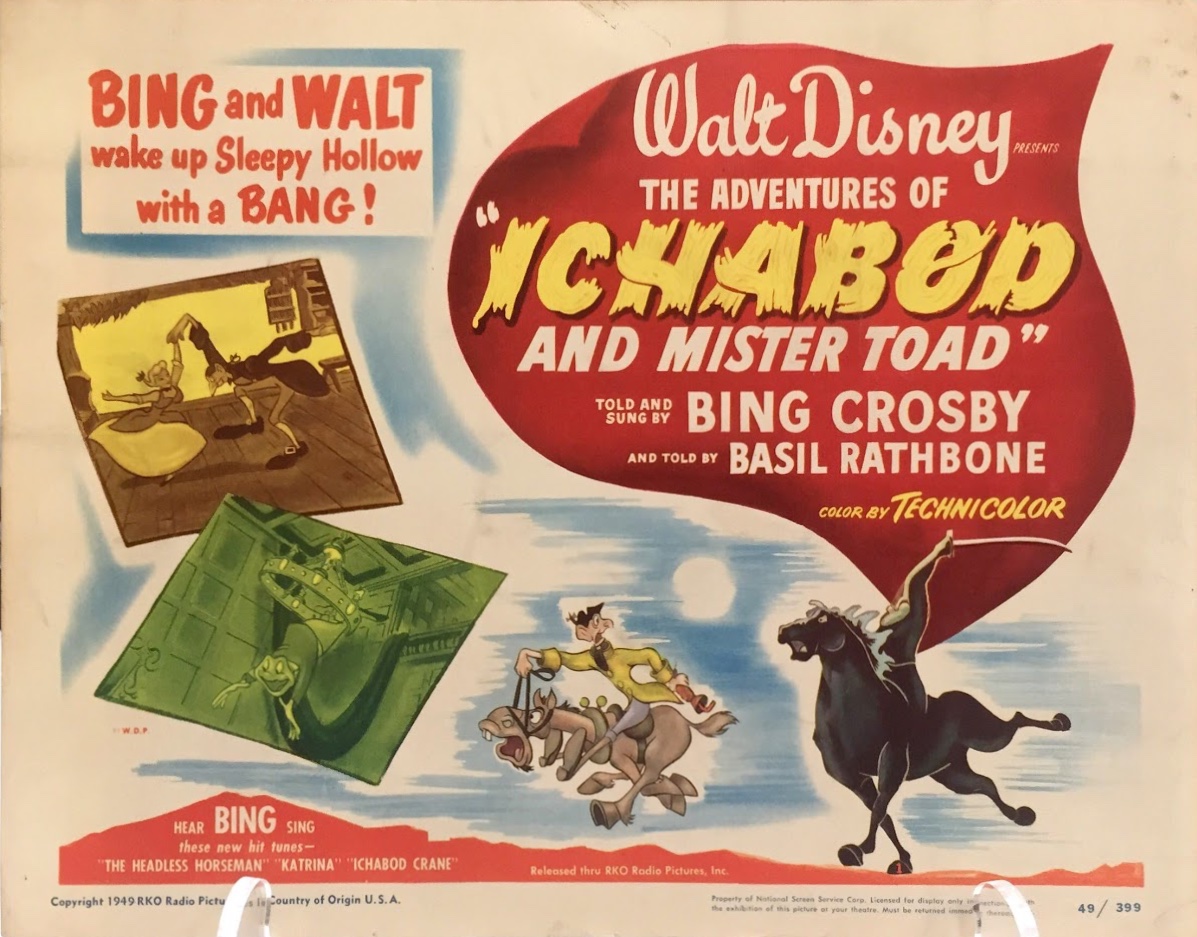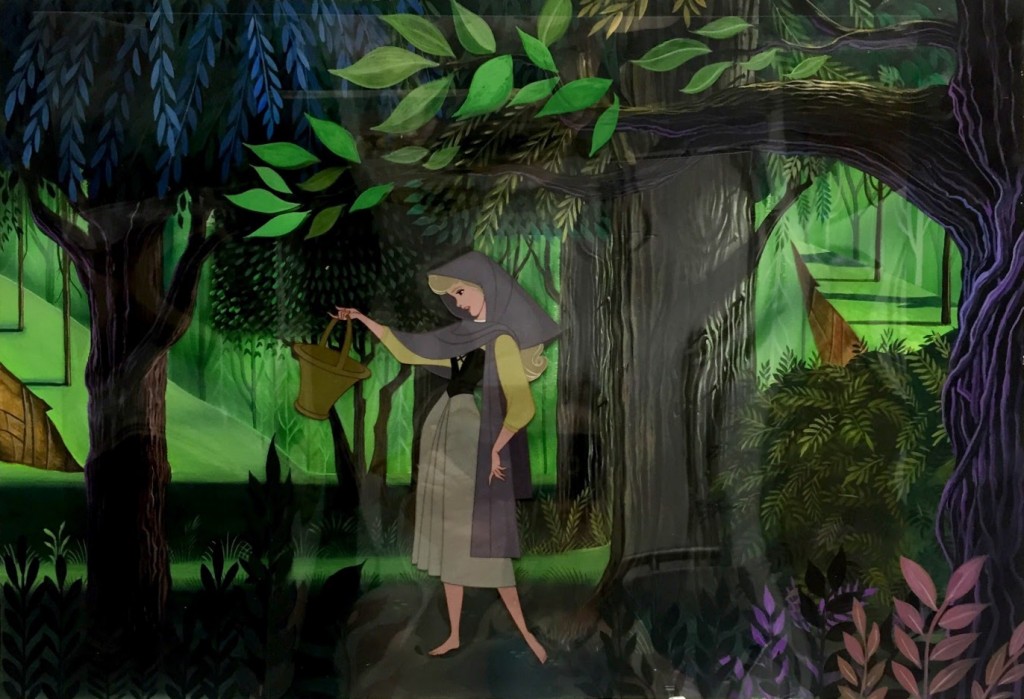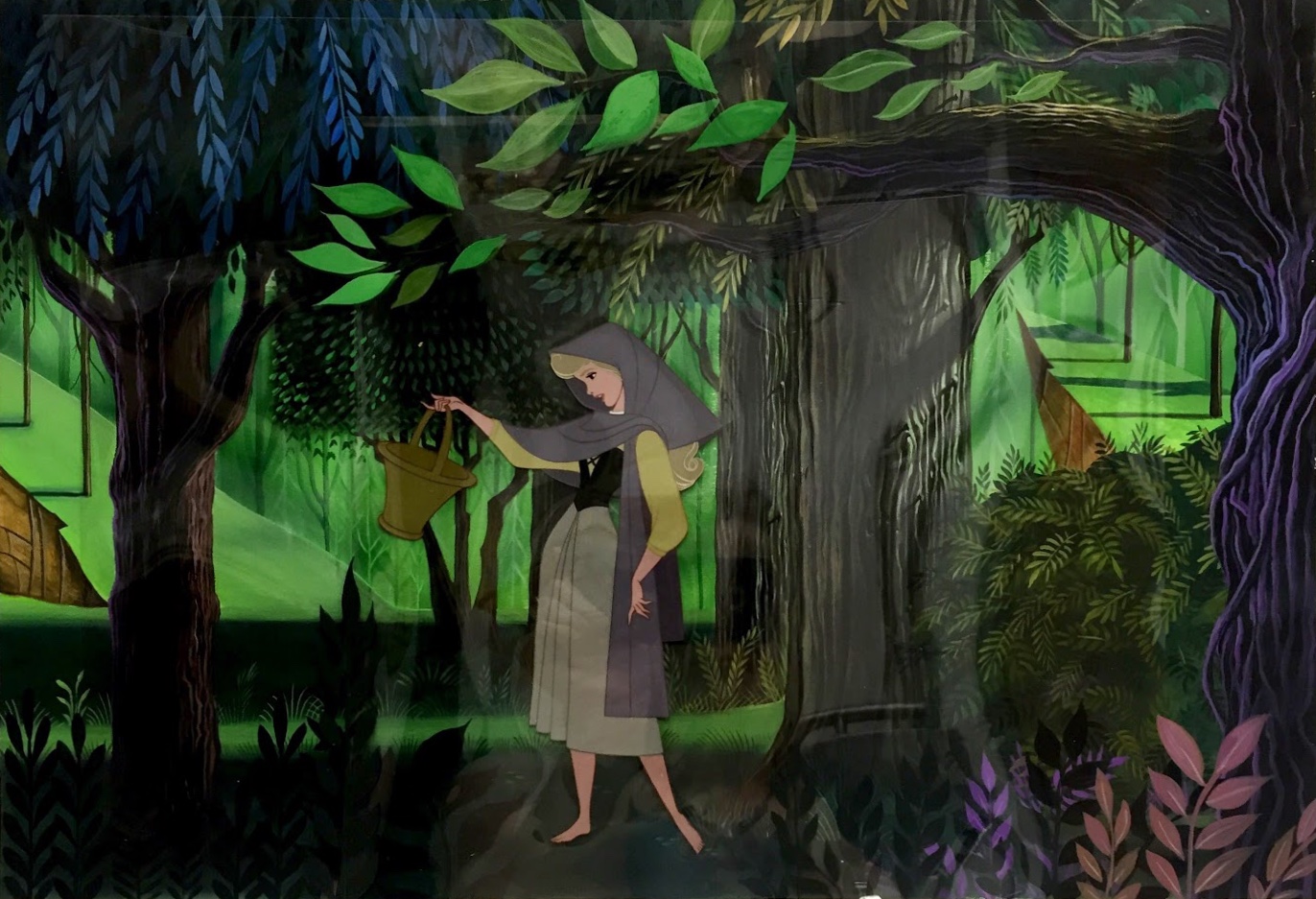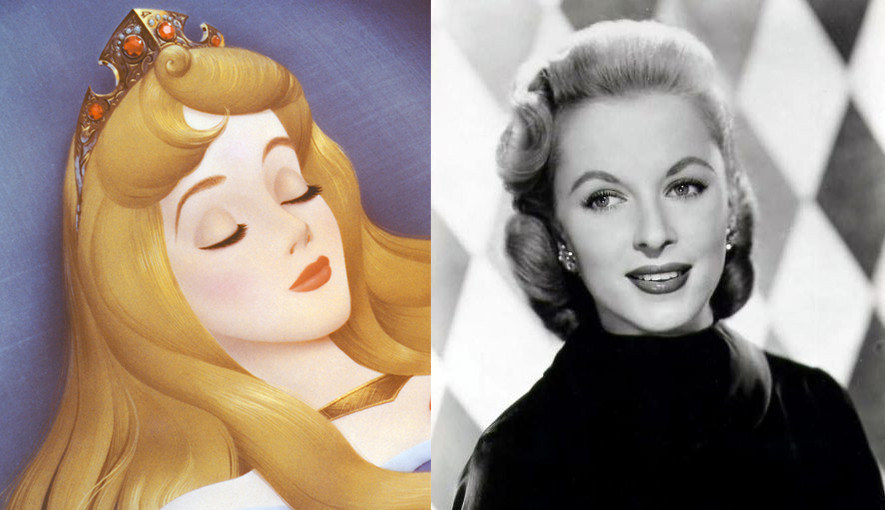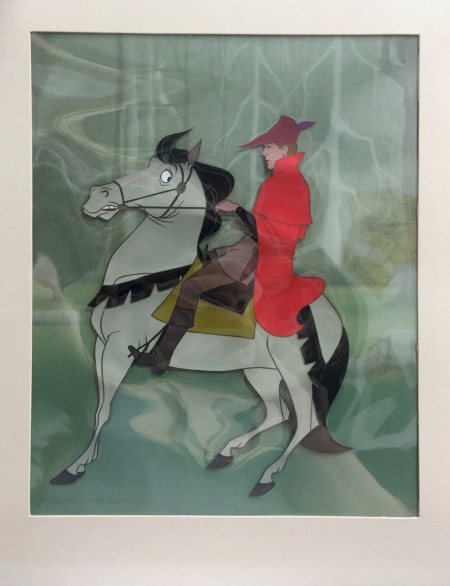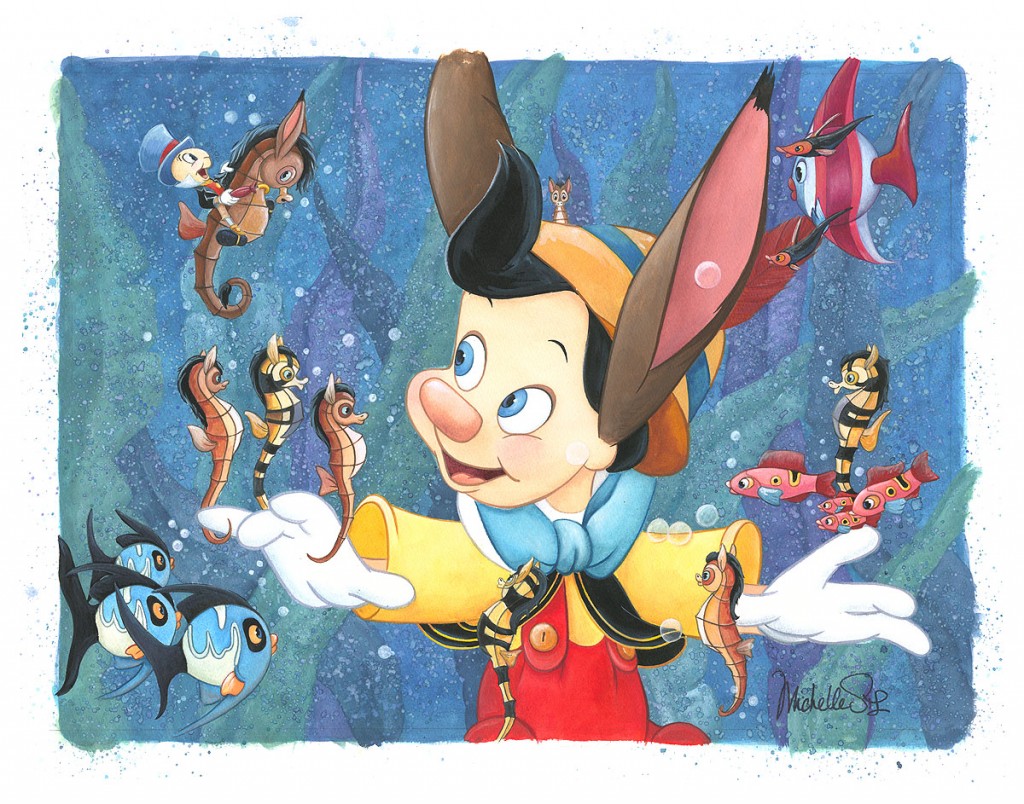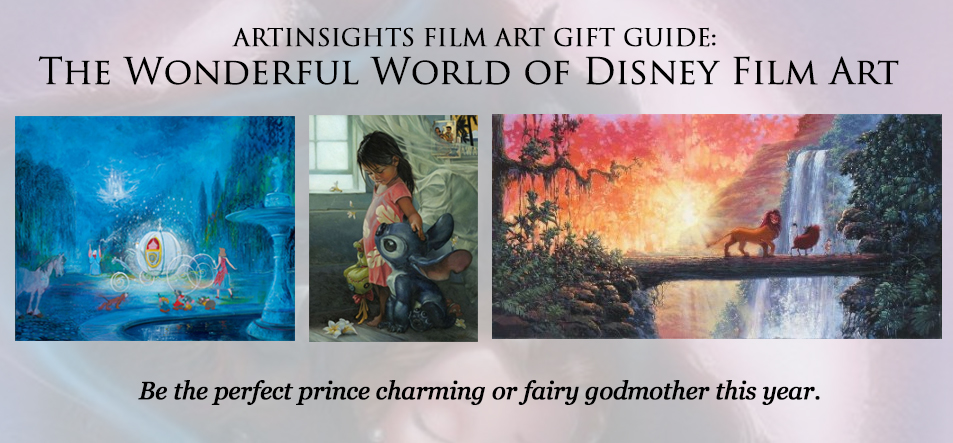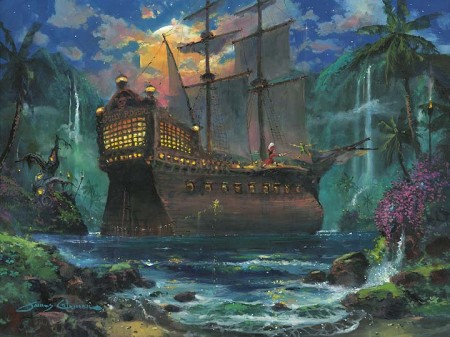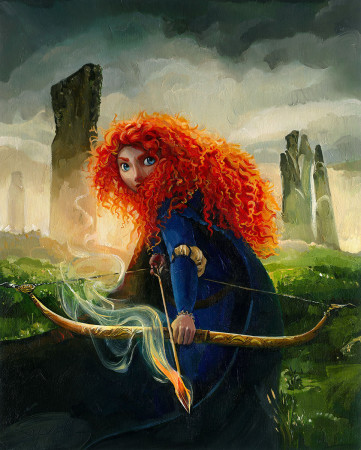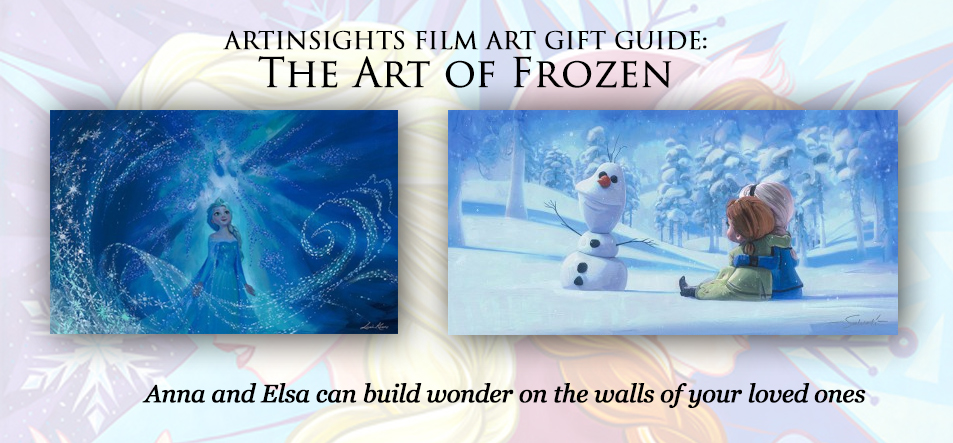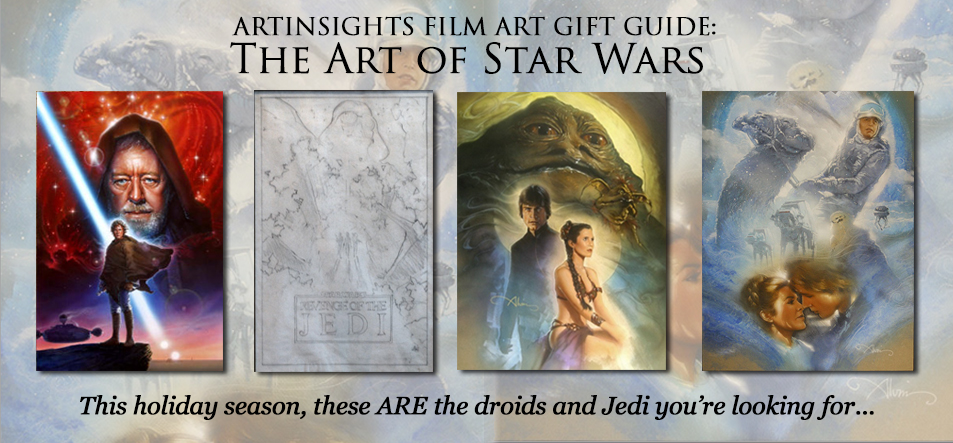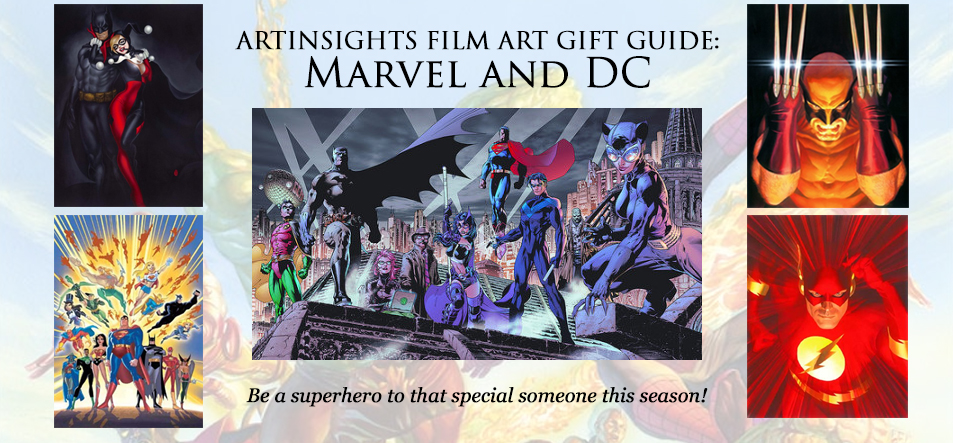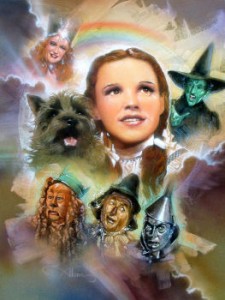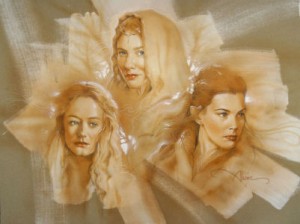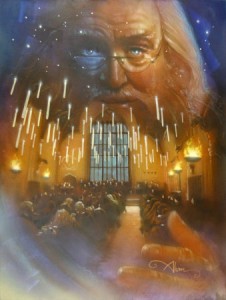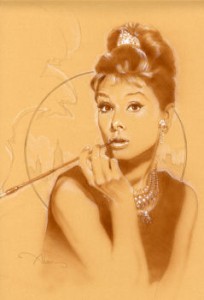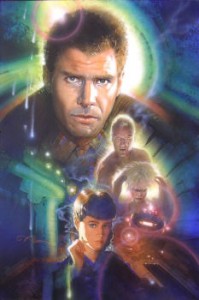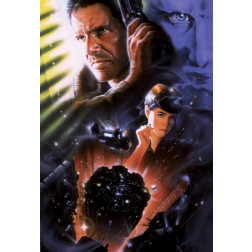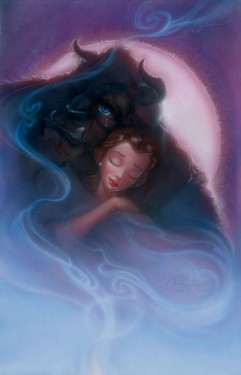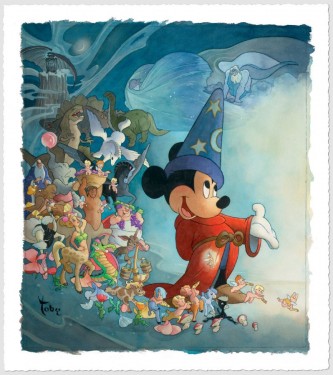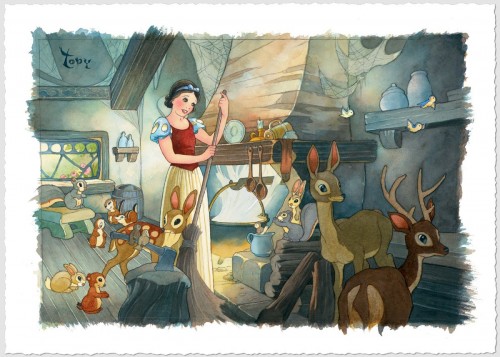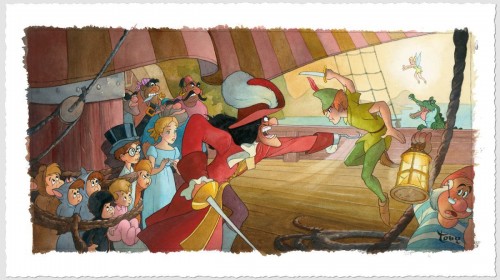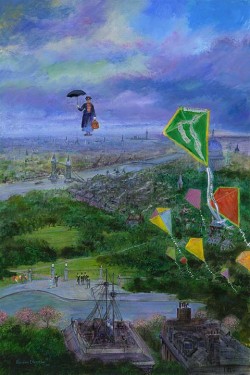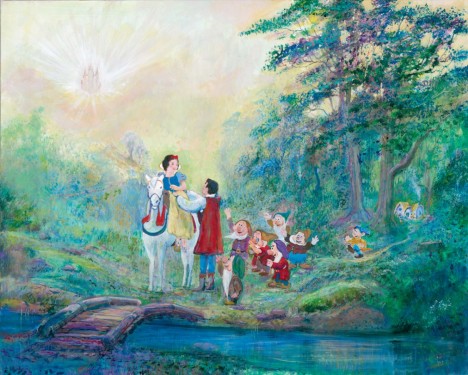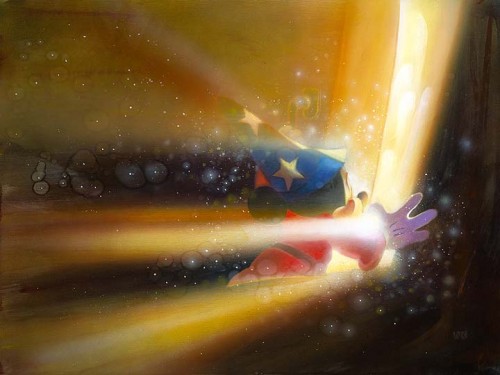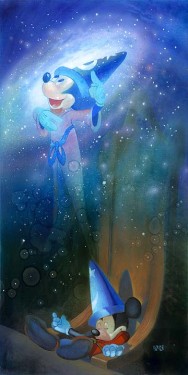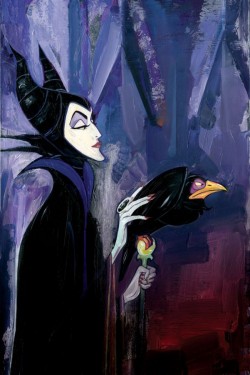Since this is the first blog of the new year, I wanted to ring in 2023 with something interesting and fun, and really tried to think what connected with starting over, new beginnings, turning over a new leaf and all that. I don’t believe in New Year’s resolutions, although I respect them in other folks. My new year, since I’m pagan, is the Winter Solstice. Still, there’s something magical about the turning of the clocks, and the fact that it happens all over the world. So. Let’s say we are ALL in need of a shift, and that we could use some inspiration by way of accountability.
Enter Jiminy Cricket, Pinocchio’s official conscience.
THE HISTORY OF JIMINY:
Jiminy Cricket was first introduced as Grillo Parlante in italian novelist Carlo Collodi’s book The Adventures of Pinocchio: Story of a Puppet in 1883. The character appears in the book four times, and in every instance he represents common sense and Pinocchio’s own conscience, although the Italian Jiminy Grillo Parlente, is actually killed by Pinocchio, only to come back as a ghost, and then be resurrected. (!)
For Disney’s 1940 animated feature Pinocchio, Jiminy is given a much bigger role as Pinocchio’s companion, and his official conscience as appointed by the Blue Fairy.
Beyond being anthropomorphized, Jiminy’s design differs significantly from real crickets. Real crickets have very long antennae and have six legs, while Jiminy has four. He was designed to look like a gentleman from the late 19th century, with a top hat and spats. His name is based in what might be defined as the G-rated oath used instead of Jesus Christ, “Jiminy Christmas!”, which dates back to at least 1803!
Jiminy Cricket was designed by character animator and member of the collective known as Disney’s Nine Old Men, Ward Kimball. In addition to Jiminy, Kimball was known for his work on Mickey Mouse, some of the most beloved characters in Alice in Wonderland, including the Cheshire Cat, the Mad Hatter, and Tweedledee and Tweedledum, plus Gus and Jaq and Lucifer the Cat in Cinderella. He was a supervising or directing animator on Fantasia, Dumbo, Fun and Fancy Free, and The Reluctant Dragon, Alice in Wonderland, and Cinderella, and won an Oscar for his work on Toot, Whistle, Plunk, and Boom in 1954, and the 1969 Disney education film It’s Tough to be a Bird.
Watch more about Ward Kimball HERE.
For those geeky enough to get excited about seeing Ward Kimball on Groucho Marx’s What’s My Line, (like me!) here you go:
THE VOICE OF JIMINY:
As to Jiminy’s voice, the original artist for Jiminy in Pinocchio was Cliff Edwards, who was nicknamed Ukulele Ike. He was one of the most popular singers of the 1920s, and had a song that reached number one on the hit parade, “Singin’ in the Rain”, a song which he introduced. Yes, THAT Singin’ in the Rain:
He was actually one of the first singers to show scat singing on film, as exampled here with Buster Keaton in 1930’s Doughboys.
Edwards contributed Jiminy’s voice for both Pinocchio and Fun and Fancy Free, and sang one of the most popular and enduring songs in the Disney cannon, “When you Wish Upon a Star”, which is now largely considered the studio’s signature song. It was deemed culturally significant and added to the National Recording Registry of the Library of Congress in 2009, and the American Film Institute named it as #7 in the top 100 songs in the history of film.
Edwards had died in poverty in 1971, and when the folks at Disney Studios found out, they paid for his tombstone. They subsequently made Cliff Edwards a Disney Legend, an honored bestowed on him in 2000.
In more recent films, other voice artists were commissioned, including Joseph Gordon-Levitt for the 2022 live-action adaptation of Pinocchio. In Guillermo del Toro’s Pinocchio, it was Ewan McGregor who did the honors, although in that film, the character is referred to Sebastian.
INCARNATIONS OF JIMINY CRICKET
There are a number of times in which Jiminy has appeared onscreen, which is important for animation art collectors who collect original production cels to bear in mind, because the value of art representing the character varies widely depending on which incarnation you are potentially adding to your collection.
First, Disney’s Jiminy appeared in Pinocchio. Here he is, doing the opening narration of the film after singing his most famous song:
Subsequent to that, he appeared in 1947’s Fun and Fancy Free.
He was represented in Disney TV specials, and the various incarnations of Walt Disney’s Wide World of Color or The Mickey Mouse Club, where he taught kids to spell ENCYCLOPEDIA! Here’s a great example of how Jiminy looks in the cartoons of the 1950s. Note the very thick ink line that outlines his figure:
He also appears in 1983’s Mickey’s Christmas Carol as the Ghost of Christmas Past. Here is a trailer for the cartoon from 1983.
More recently, Jiminy has appeared in the Kingdom Hearts video game, bringing him and his wonderful spirit to the youngest of generations.
IDENTIFYING JIMINY CELS:
All versions of Jiminy look different both onscreen and as art. Cels from Pinocchio and Fun and Fancy Free are mostly on nitrate cellulose, and are hand-inked. The eras are close enough together that you have to watch the cartoon to track down your cel, and that’s something I always recommend, no matter what era the cel you have or are considering for purchase. Cels from Pinocchio and Fun and Fancy Free will be presented as Courvoisier setups, with mats and backgrounds that are either wood veneer or simple hand-prepared backgrounds from the Courvoisier studios.
Of course, videos from The Mickey Mouse Club era are way harder to track down, and sometimes even impossible to find. MMC Jiminy cels will be presented as Disneyland Mat setups, and that means they’ll be cut down, will have small mats, litho backgrounds, and seals on the back. Disneyland Mat setups are almost always stuck to their backgrounds, and often are shown on backgrounds that don’t belong to the shows from which the cels are derived.
Cels of Jiminy from Mickey’s Christmas Carol are definitely problematic, in that most of the cels sold by Disney from that cartoon are laminated, cels of Jiminy included. Laminated cels from the Disney art program are mostly going to deteriorate in a way that makes them look shriveled and bubbly, and restoration doesn’t fix them. It’s a sad fact, but a true one.
Ultimately, if you love Jiminy and can save up for a cel from his most famous film and Disney debut Pinocchio, that would be best, but if you’re looking for the character without spending as much, a Disneyland mat setup would be a lot less money…and of course, you can get interpretive images created by Disney artists right here on this website. (you’ll see interpretive images of him below)
JIMINY’S LEGACY:
Jiminy remains a beacon for doing good and feeling compassion, as well as letting your conscience be you guide. That expression can’t help but bring images of Pinocchio’s conscience to mind. As Disney characters go, Jiminy is one of the most positive and uplifting. He was the embodiment of “if you can dream it, you can be it” and all that stuff made popular recently by books like “The Secret”. He’s everyone’s cheerleader. When all else fails to pull you out of a funk, try Jiminy singing “When You Wish Upon a Star”. At the very least, it will help.
A big part of Jiminy’s lasting legacy is the classic song, which has been covered repeatedly by a lot of big stars. The latest is Cynthia Erivo, who sang the song as part her role as the Blue Fairy in the recently released live action Pinocchio.
You can find all the Jiminy art available on our site HERE, or contact us if you’re looking for original production cels of the character, but for now, enjoy a few of the interpretive Disney pieces created of Jiminy and his friends in Pinocchio:



